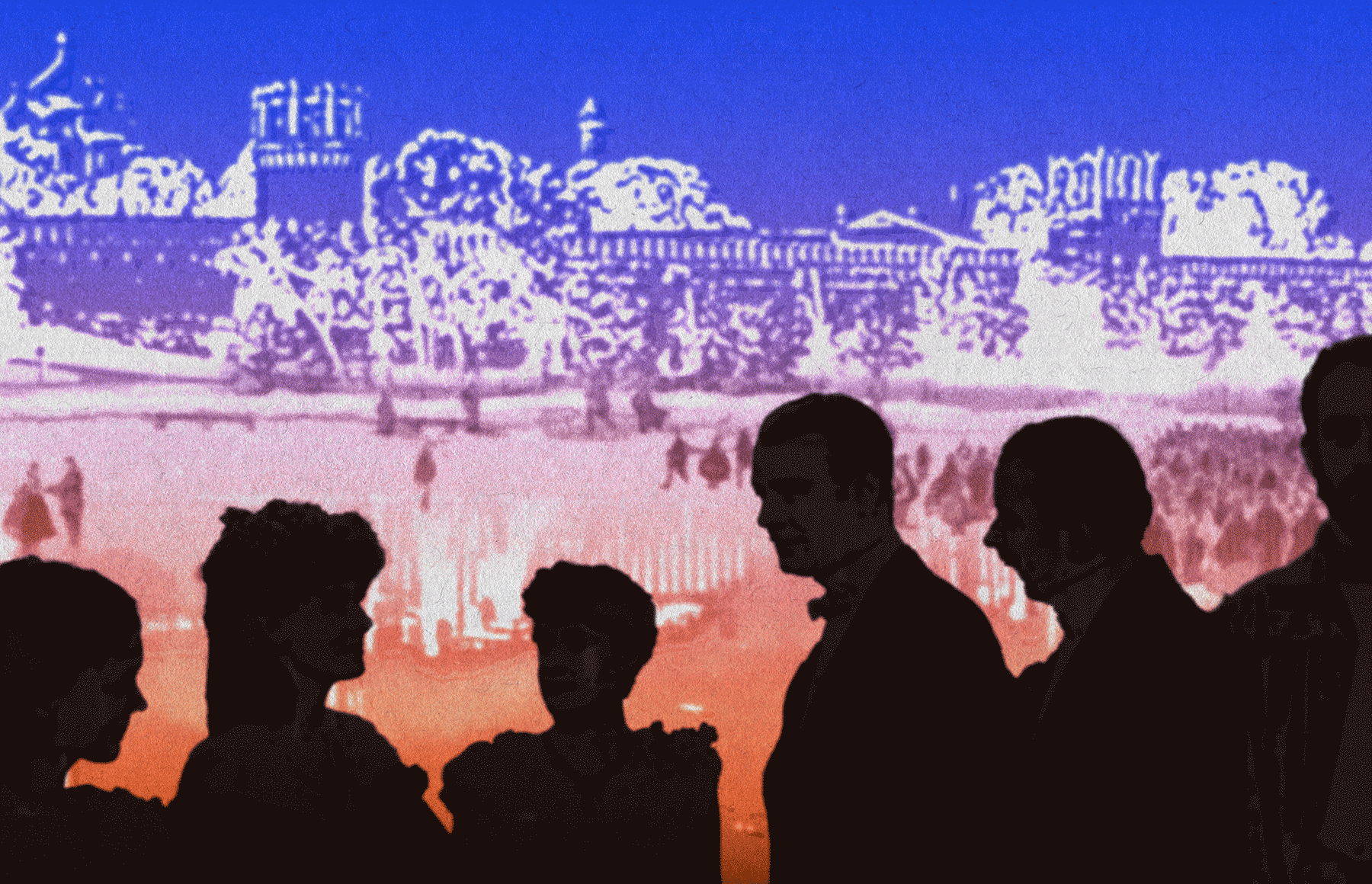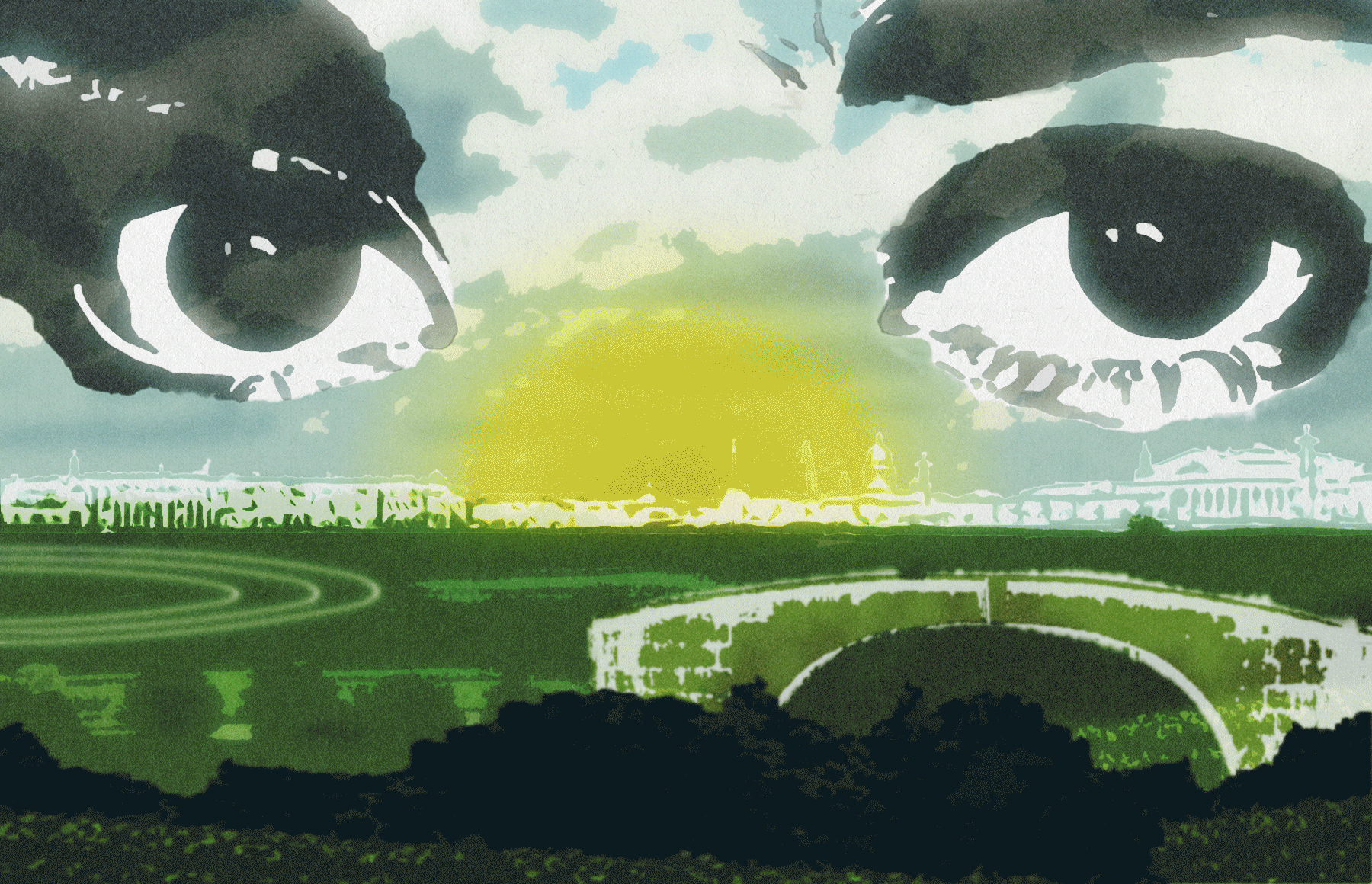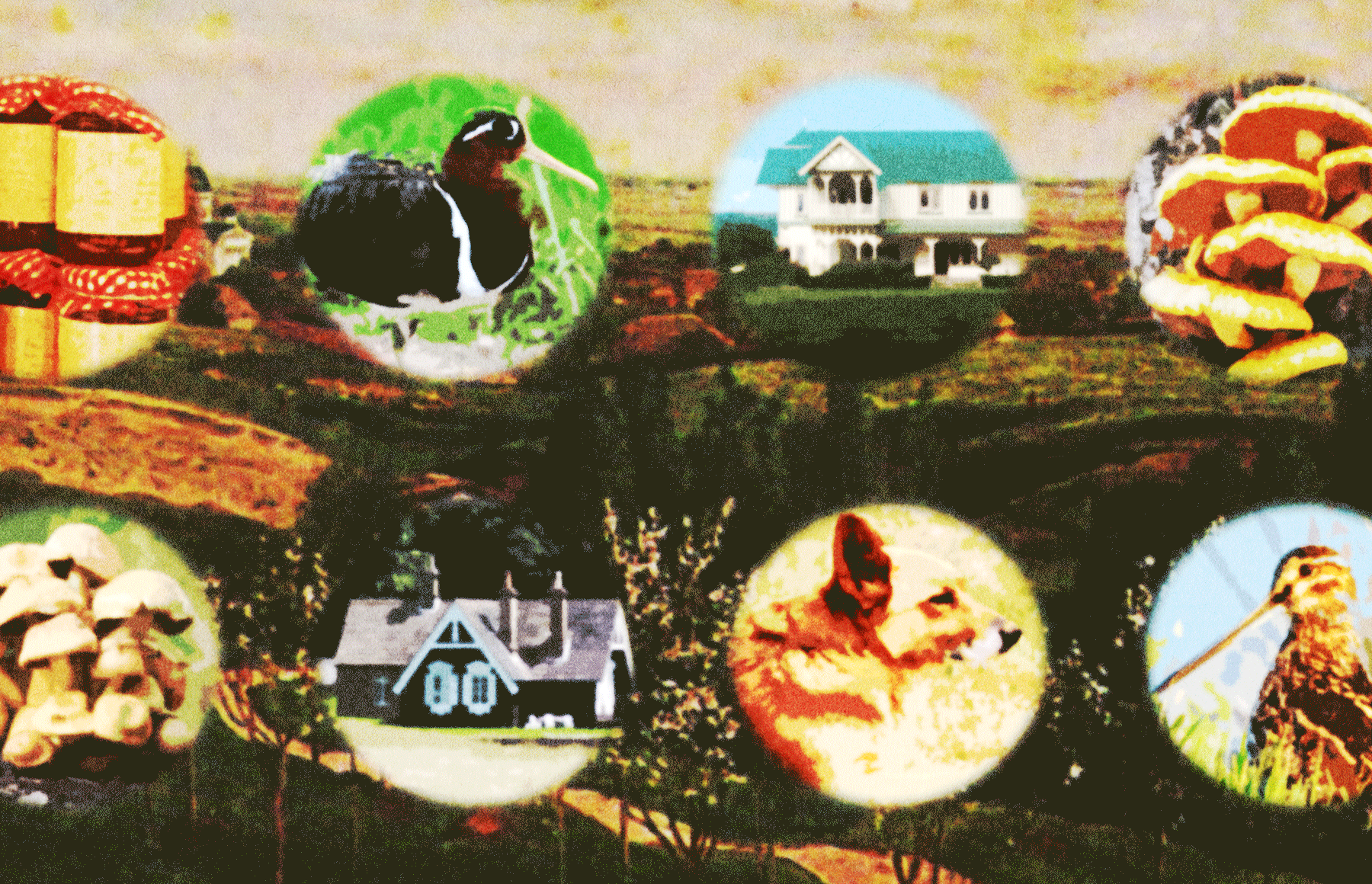Anna Karenina (2024)
I was very pleased to have had the opportunity to create a set of eight illustrations — one for each part of Anna Karenina, which was originally published in serial fashion — for a final project at a course I took at Harvard College. The pieces are linked by a shared language of vivid color and gradients, glowing accents, blur and abstraction, and motion elements. Some are setting-driven, some are motif-driven. Some have more complicated animations, others are more subtle. My hope is that the pieces would both stand alone and together convey my time in the text: seeing scenes come alive in my mind; wanting to take apart, then put back together, Tolstoy's incomparable work, which opens itself to interpretation and reinterpretation over and over and over again.
Part One
In Part One, we're introduced to our three main couples — Anna and Vronsky, Kitty and Levin, Dolly and Oblonsky. They are each represented in this illustration: Anna is flanked by Dolly and Kitty, who gaze at her attentively along with Oblonsky and Vronsky. Levin, the exception, is positioned head-on, suggesting his characterization as the "Tolstoy surrogate" throughout the novel. Part One also gives us some important settings and motifs, which are featured in the background and foreground of this piece. There is the Moscow skyline, the skating rink (site of one awkward-but-significant encounter between Kitty and Levin, before Levin's failed proposal), and the train, which runs across the bottom, foreshadowing the plot's unstoppable forward motion and our titular character's eventual demise.

Part Two
In Part Two, we're transported to Levin's estate, Pokrovskoe, for the first time, and St. Petersburg momentarily fades into the distance. But spring has come, and with it, a few problems. The "bridge" of Karenin's former life has suddenly dropped out from underneath him, leaving him disoriented and unsure how to deal with Anna and Vronsky; a steeplechase racetrack sets the stage for Vronsky and Frou-Frou's memorable and crushing defeat; and Anna has several important conversations with her husband, after which she sees her own eyes "glowing" in the dark, a detail representative of her psychic decline and existential "doubling" in the rest of the novel. The day passes very quickly in this piece to suggest that time starts to move differently in this section of the novel for Anna and Vronsky, who leap ahead of the other main couples before Levin's international travels catch everyone up.

Part Three
In Part Three, we're treated to a scene of Levin's transcendent mowing experience with the peasants at Pokrovskoe. This piece gives a sense of the lush fruitfulness of the estate, which is described as having remarkable grasses and streams. Kitty, having been heartbroken over Levin at the German spa, makes a significant appearance through a window, as Levin sees an opalescent and dynamic cloud that reminds him of his abiding love for the girl who rejected him in Part One. The colors in this illustration are particularly saturated, pointing to the romantic and painterly perspective that Tolstoy sets forth of Pokrovskoe in general.

Part Four
In Part Four, important images appear and reappear, namely, the grizzled muzhik from Anna and Vronsky's shared dream, Vronsky's strong, white, and full teeth, and written communications. Anna is also shown crocheting in the beginning of Part Four, and this action appropriately captures the intensified knitting together of Tolstoy's many storylines. As Anna's child is born, Vronsky's suicide attempt is completed, Karenin visits a lawyer and has a spiritual awakening, and Kitty and Levin make up, we have a sense of the twisting threads binding our characters to each other. The background gradient of this piece is a bit darker, as the general trajectory of Anna's storyline becomes increasingly problematic — with devastating implications for her family and friends.

Anna Karenina, Part Five
In Part Five, we move at breakneck pace from Levin and Kitty's wedding, to Anna and Vronsky's whirlwind trip to Italy (featuring painting studios and villas that soon grow old), back to Prokovskoe, to the provincial hotel in which Levin's brother dies, and finally back to Petersburg (including Seryozha's bedroom and the opera house that Anna makes a poorly-planned solo appearance at). Here, the opera house serves as a frame for all all of the settings mentioned above, and as the curtains rapidly close on one act and move to the next, we have a sense of the interwoven structure of the novel as a whole. Each of the above scenes serves a purpose in the overall interpretation of Anna Karenina, but what does it add up to? This is for each reader to figure out on their own. The final backdrop of this piece, in a metatheatrical and/or metaliterary turn, is the opera house itself, which Vronsky reacts to in the final moments of Part Five.

Anna Karenina, Part Six
The entirety of Part Six takes place at various countryside estates or provinces, as represented here. I wanted to focus on details from some important scenes: there are mushrooms from Varenka and Koznyshev's non-proposal (sometimes the moment just passes, you know?), a very sentient Laska (Tolstoy give us her point of view for the second time in the novel), and several snipes from the hunting scenes where Levin's patience is tested (leading to Veslovsky's being booted). Dolly's visit to Vozdvizhenskoe also occurs in this section of the novel, wherein Anna explains, via ellipsis, her situation of desperation (i.e., birth control) within her relationship to Vronsky. This illustration utilizes the structural uncertainty and fragmentation of the ellipsis to prevent a complete picture from ever being shown at any given moment. It's a bit of a puzzle, and reflects the assortment of storylines that Tolstoy has built and slotted into the novel by this point.

Anna Karenina, Part Seven
Part Seven is easily the most psychologically distressing of the whole novel — for Anna and for readers — so I felt that this illustration had to such a feeling of chaos and disorientation. The first section of Part Seven focuses on Levin and Kitty in Moscow with a newborn, who Levin perceives as a "baby animal" (hence the lamb in this illustration). Anna, too, feels estranged by parenthood, and is disturbed by her daughter's "beady" eyes, though objectively the girl seems to be growing in a normal way. The rest of the illustration references Anna's final carriage journeys from her home, to Dolly and Kitty, and then to the train station. Some final motifs flash once more, like a telegram from Vronsky that doesn't arrive at its destination in time, a red handbag, a muzhik working and muttering to himself, a book of "anxieties, deceptions, grief and evil," and lastly, a candle that burns brighter and brighter, illuminating Anna's distorted inner life before going out completely.

